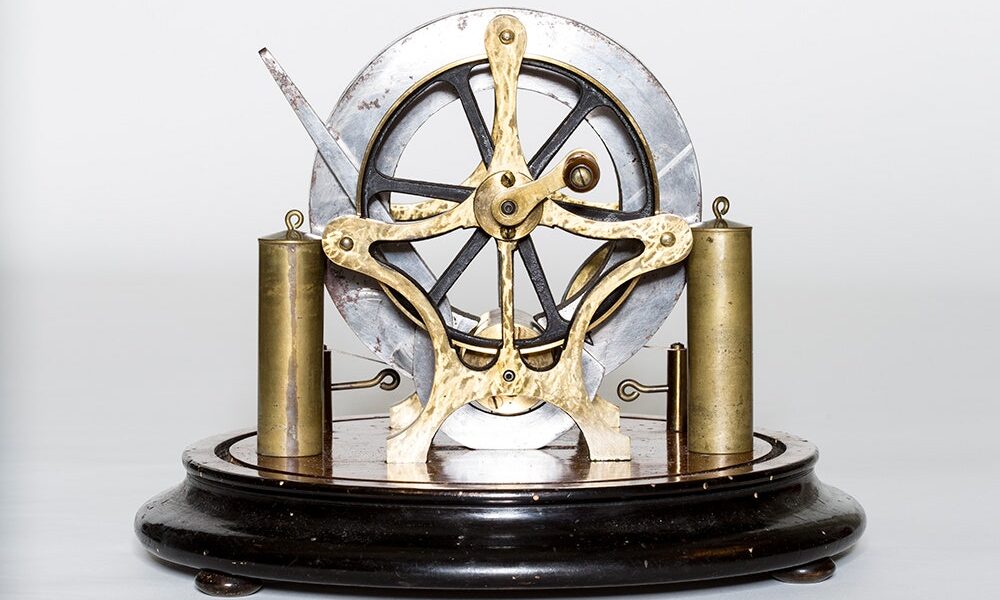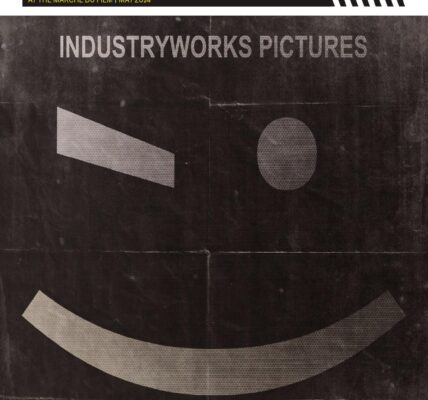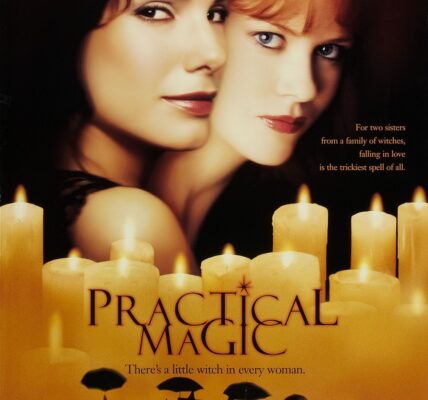Strange Devices
The first time we get the title, it’s amusing. But when they continue using it throughout the film, it becomes that something extra: a device that makes this film different to any other and tells us something about Banner’s character at this point in the story. Is he in control? Feeling guilty about losing control? Or waking up from an incident where he has lost control, and maybe done something terrible?
In THREE KINGS the characters talk about how sepsis is the real killer on the battlefield: a bullet nicks an internal organ like the liver and the infection that results kills the soldier. Battlefields are not a very clean environment. Once we hear this, we become paranoid that one of our heroes will get shot and die of infection. When they do get shot, we get this cool internal shot of the bullet entering the body… Will it nick an organ? Or miss?
REQUIEM FOR A DREAM has a great device that shows us what that cocaine rush feels like: a series of quick, frantic cuts that end with a long, slow shot. They use this device throughout the movie and it’s so cool. The Simpsons parodied it in an episode where Homer gets addicted to Crusty McRib sandwiches—offered for a limited time only.
“Using an interesting and unique device once in a while may be just what your screenplay needs.”
RUN LOLA RUN has a great device: when Lola bumps into someone on her run, we see a little montage of stills from their future and how Lola’s impact changes what happens to them. This is one of my favourite parts of a great film because Lola bumps into these people three times during the film, and each time she bumps into them in a different way—and their lives turn out completely different each time! This is more than just a cool device; it shows how our lives affect others—it helps tell the story.
MY OWN DEVICES
I’ve used devices in several screenplays, and I’m thinking about doing it more often. They can be a great “something extra” and also add to the story. In my Riptides script there was a twist end, and while making sure the twist was set up, I came up with a cool idea: what if when we came to the twist end, I zipped back—like a VCR on scan-rewind—zipping back through the film, then pausing to show a snippet of film, before zipping back to the next moment…
The rewinding ends with a line of dialogue from early in the film that can be taken two ways. You realise that what you thought it meant at the time was wrong: it was actually an obvious set up for everything that follows.
When I was doing the second draft of my Hawaii script, I had a note from the director to give the Female Lead more personality. So I decided to backtrack, to start at where her character ended up and figure out what kind of traits would be the opposite of that.
This is a funny monster movie, and she ends up hiding from the monster in a big pile of monster poop. When the monster comes sniffing around, it can’t smell her. Okay, what kind of person would be least likely to end up in poop? Well, someone who didn’t want to get dirty… someone germiphobic. That played against her occupation as a scientist working in the field. So I gave her a jumbo-sized container of sanitizer and made her very conscious of what she touched.
There’s a scene early on where the Male Lead and Female Lead meet and shake hands, and those sparks of attraction fly… Immediately afterwards she bathes her hands in sanitizer. Then she explains, “Sorry, I don’t know where your hands have been.” And that gave me a great idea for a something extra device…
After they shake, she immediately pulls out her hand sanitizer.
DR. JENNIFER Nothing personal. I just don't know where your hands have been.
MONTAGE: WHERE MARK'S HAND HAS BEEN
(1) POLICE STATION: Coffee pours on his hand. (2) POLICE STATION: Donut sprinkles on his hand. (3) BEHIND MARK'S HOME: Taking out the garbage. (4) LOVER'S LANE: Touching the muddy footprints. (5) LOVER'S LANE: Shaking hands with Bud.
MONTAGE: WHERE BUD'S HAND HAS BEEN
(1) LOVER'S LANE: Hooking up George's car. (2) TOW TRUCK: Bud picks his nose. (3) GARAGE: Bud changing oil - filthy hands. (4) GARAGE: Bud's finger in a filthy radiator. (5) GARAGE: Bud eats greasy food - all over his hands.
EXT. COUNTRY ROADS -- DAY
Mark looks down at his hand.
The great thing about this device is that the theme of the script is that everything in the world is connected in nature—every species is dependant on every other species to survive. We may not know why some bug is important to our survival, but it’s all kind of a house of cards, and remove one species and that may throw everything else out of whack… and create a monster (like the one they are battling). The solution to the problem is that all of these quirky loners who live out here in the sticks because they don’t really want to be part of society must come together and help each other out. So, “Who have you touched?” becomes a big part of the story, leading to the final time I use the device….
John grabs Dr. Jennifer's hand... and she takes it.
WHERE JOHN'S HAND HAS BEEN
(1) JOHN'S HOUSE: John plays with his high school game ball. (2) OLD TOWN: John shakes and hugs KIMO. (3) KIMO'S BACK YARD: Kimo's hand on his MOTHER's shoulder. (4) GARDEN: Kimo's MOTHER hands a flower to a child - GARY. (5) LINDA'S YARD: Gary gives Linda the flower. (6) BUD'S GARAGE: Bud gives Linda her car keys. (7) OLD TOWN: Bud shakes hands with Oba. (8) OBA'S SHRINE: Oba lights incense, prays. (9) HOWARD'S STORE: Oba buys incense from Howard. (10) GARDEN: Howard gives a hearty handshake to George. (11) GEORGE'S CAR: George puts a CD in his boom box. (12) NIGHT CLUB: Linda plays her guitar, Ellen listens. (13) ELLEN'S HOME: Ellen hugs her FATHER, holds him close.
Everyone is part of the community - everyone is connected.
INT. MERCY CHURCH -- DAY
Dr. Jennifer grabs Ellen's hand.
The key to using a device is to make sure that it isn’t just some gimmick you’re throwing in to the story—that, like RUN LOLA RUN and THE INCREDIBLE HULK, it’s an important part of the story. Knowing how long Bruce Banner has gone without an anger episode is critical to understanding both his character at that point in the story and the story itself.
Devices like this are used to better tell the story, as well as make it unique. How you tell the story is as important as the story you chose to tell. Using an interesting and unique device once in a while may be just what your screenplay needs.












